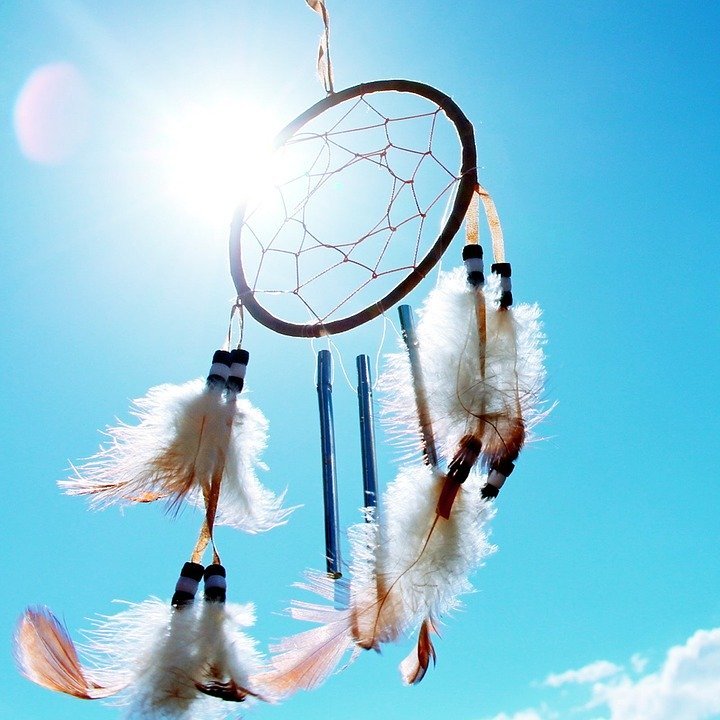You have likely encountered a dreamcatcher at some point in your life. Dreamcatchers are hoops, typically of willow twigs, with a woven net that resembles something like a spider web. They are ubiquitous as a home decoration here in the American Southwest, but they also harbor a mystical history.

The origins of dreamcatchers can be attributed to the Ojibwe tribe (far from the southwest) of the northern U.S. and southern Canada near the Great Lakes. The resemblance to spider webs is due to the belief in the Ojibwe tribe that spiders are symbols of protection. Originally crafted as talisman to protect sleeping people, these beautiful hoops were adopted by many other Native American tribes. Their use eventually expanded as it became appropriated by other cultures to include being hung above a bed in order to catch the good dreams for the sleeper while keeping away the bad dreams.
To some, the dreamcatcher is in the shape of a circle as a representation of the circle of life. The feathers below the hoop serve as a ladder for sweet dreams to crawl down to the sleeper.
The dreamcatchers we see today are a derivative form of the originals, and it can be hard to find authentic Native American made dreamcatchers.
It just so happens that we have these staples of Southwestern decor in every room in our house with a bed. I don’t know that they manage to catch every bad dream, but it doesn’t hurt to have a beautiful little thing of regional and mystical relevancy hanging by your bed.
Very interesting. Thanks.